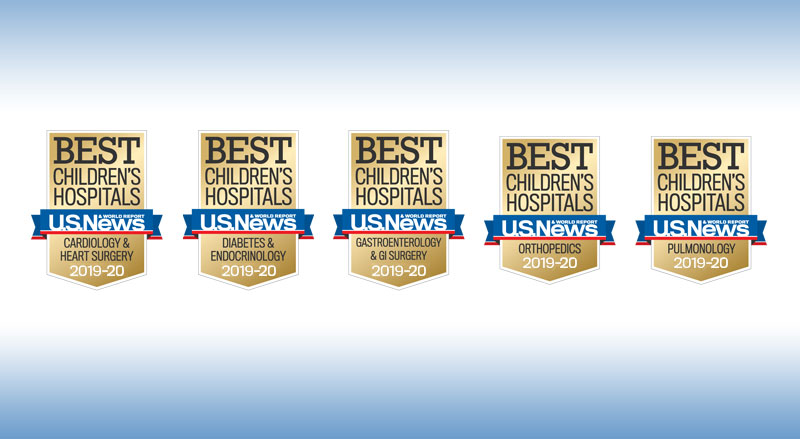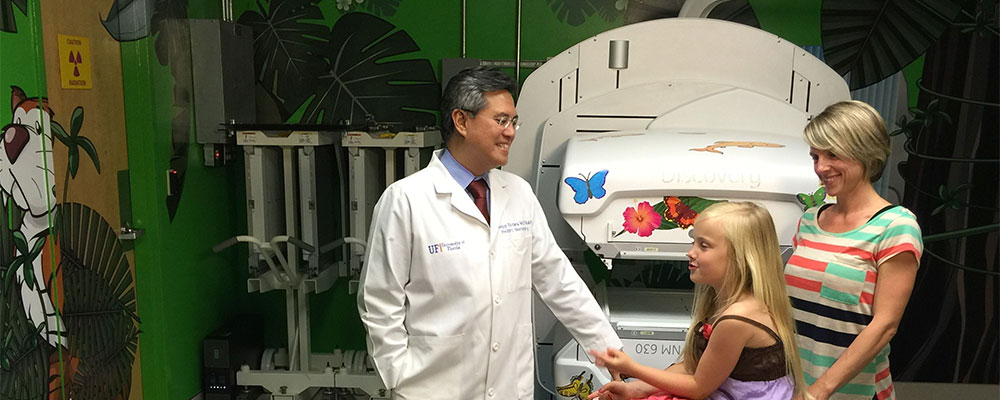
You can have a number of blood tests done to determine if you have a kidney stone. A CT scan can be used to diagnose kidney stones. These tests can help identify the type of stone and its location as well as the severity. Talk with your doctor about your symptoms to determine the type of test you should have. Your doctor will determine the type, and provide treatment if you are diagnosed.
Intravenous pyelogram
An intravenous pyelogram may be performed if you suspect you have kidney stones. The procedure involves inserting a contract dye in the vein and looking at the images for signs that may indicate kidney stones. The images from the procedure will be reviewed by a radiologist, a healthcare provider who specializes in reading X-rays. To discuss the results, you will be asked by your healthcare provider to return to him.

CT scan
The most common imaging test for kidney stones is a CT scan, which combines several x-ray images to produce a three-dimensional image of the urinary tract. CT scans are considered the most accurate imaging test for kidney stones because they are not only able to identify the presence of stones, but also can reveal other problems affecting the urinary tract. These images are extremely helpful in determining type and size.
Urinalysis
Your doctor will use a urine test to determine if you are at high risk of developing kidney stones. The urine test will measure certain components of your urine including calcium, oxalate and uric acid. These substances may build up in the renals and cause kidney stones. To find out if your stone has the potential to grow into a large kidneystone, you should undergo a urine test.
Cystine rock
A Cystine stone blood test will be performed by your healthcare provider if you have kidney problems. Cystine stone can lodge in the bladder and become larger than other kidneystones. The healthcare provider will conduct urine tests and imaging scans to determine the diagnosis. Your healthcare provider might also perform a urine test. When the symptoms of cystine stone are severe, you may need to be admitted to a hospital.

Calcium oxalate limestone
The most common method to diagnose kidney stones is the calcium oxalate blood test. This is a kidney stone that forms when the urine has too much oxalate but not enough citrate. These crystals build up in the bladder and kidneys. These stones may be painful and require medical treatment to prevent them from forming again.
FAQ
How can I become a creative professional in the field of health?
There are many pathways to becoming a creative health professional. Some people start out as students, while others begin their careers working in other fields such as business or engineering.
Some choose to study a course on a specific topic like health policy, management, or leadership. Others decide to take an elective course that explores different perspectives on health and health care.
No matter your chosen path, you'll be able to learn about health topics and health care through readings, discussions in groups, assignments and projects, as well as lectures and readings. There are workshops, conferences, as well as seminars.
You will be able to communicate with patients, colleagues, and clients once you've completed the program.
A doctorate could be your next step.
What can we do to improve the health care system?
We can improve the health system by making sure that everyone gets high-quality healthcare, no matter where they live or what kind of insurance they have.
So that children don't get preventable diseases, like rubella, measles and mumps (MMR), we need to ensure that they all receive the required vaccinations.
We must continue our efforts to lower the cost and make sure it remains available for everyone.
What are the differences between different types of health insurance
There are three main types of health insurance:
-
Private health insurance covers most of the costs associated with your medical treatment. Private companies often offer this type of insurance. You only pay monthly premiums.
-
Public health insurance covers most of the cost of medical care, but there are limits and restrictions on coverage. Public insurance, for example, will not cover routine visits to doctors or hospitals, labs and X-ray facilities.
-
The medical savings account (MSA) is used to help you save for future medical expenses. The funds are held in an account that is distinct from all other types of accounts. Many employers offer MSA programs. These accounts do not have to be taxed and can earn interest at the same rate as bank savings.
What do we need to know about health insurance?
You should always keep track of the policy documents if you have insurance for health. You should ensure you fully understand your plan. Ask questions whenever you are unclear. If you don't understand something, ask your provider or call customer service.
When you need to use your insurance, don't forget to take advantage your plan's deductible. Your deductible is the amount you must pay before your insurance begins covering the rest of your bill.
What is the importance of the health care system?
The country's health care system is a vital part of its economy. It improves the quality of life and helps people live longer, more healthy lives. It also creates employment for nurses, doctors, as well as other medical professionals.
No matter what income level, health care systems ensure that everyone has access to quality healthcare services.
Understanding how the healthcare system works is crucial if you want to pursue a career in medicine, nursing, or any other medical profession.
What will happen to Medicare if it isn't there?
Uninsured Americans will increase. Some employers will remove employees from their insurance plans. In addition, many seniors will face higher out-of-pocket costs for prescription drugs and other medical services.
What is a health system?
All aspects of healthcare, from prevention to rehabilitation, are covered by health systems. It includes hospitals, clinics, pharmacies, community services, public health, primary health care, long-term care, home care, mental health and addictions, palliative and end-of-life care, emergency medicine, research, education, financing, and regulation.
Complex adaptive systems are the hallmark of health systems. They have emergent properties which cannot always be predicted by looking at individual components.
Complexity of the health system makes it difficult to understand and manage. This is where creativity is needed.
Creativity is the key to solving problems we don’t understand. Our imaginations are used to invent new ideas and improve things.
Because health systems are constantly changing, they need people who can think creatively.
People who think creatively can help change the way health systems operate for the better.
Statistics
- Price Increases, Aging Push Sector To 20 Percent Of Economy". (en.wikipedia.org)
- Over the first twenty-five years of this transformation, government contributions to healthcare expenditures have dropped from 36% to 15%, with the burden of managing this decrease falling largely on patients. (en.wikipedia.org)
- Consuming over 10 percent of [3] (en.wikipedia.org)
- For the most part, that's true—over 80 percent of patients are over the age of 65. (rasmussen.edu)
- The healthcare sector is one of the largest and most complex in the U.S. economy, accounting for 18% of gross domestic product (GDP) in 2020.1 (investopedia.com)
External Links
How To
What are the Key Segments of the Healthcare Industry?
The key segments of healthcare include pharmaceuticals, diagnostics biotechnology, therapeutics, diagnosis, biotechnology and medical equipment.
Defibrillators, blood pressure monitors (defibrillators), stethoscopes, and ultrasound machines are some examples of medical devices. These products are used to diagnose and prevent or treat disease.
Pharmaceuticals are medicines that are prescribed to cure disease or relieve symptoms. You can find examples such as antibiotics, antihistamines or contraceptives.
Diagnostics are tests that are performed by labs to diagnose illness or injury. Some examples include blood tests and urine samples.
Biotechnology refers essentially to the use of living organisms (such bacterium) to create useful substances which can be used by humans. There are many examples, including vaccines, insulin, or enzymes.
Therapeutics are treatments administered to humans to treat disease or relieve symptoms. They may involve drugs, radiation therapy, surgical interventions, etc.
Computer software programs used to manage patient records and medical information technology are part of health information technology. It allows them to track the medications being taken, their timing, and if they are functioning properly.
Equipment used in the diagnosis, treatment, and monitoring of medical conditions or illnesses is called medical equipment. Dialysis machines are dialysis tables, pacemakers ventilators, operating rooms, and other medical equipment.